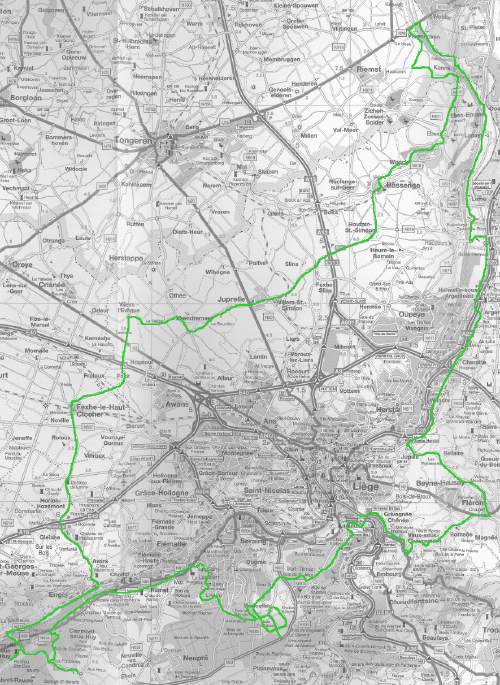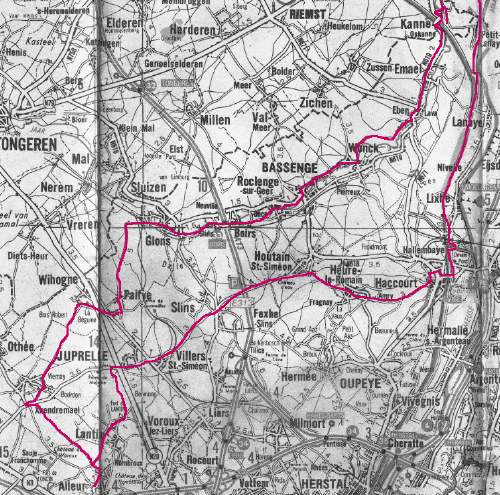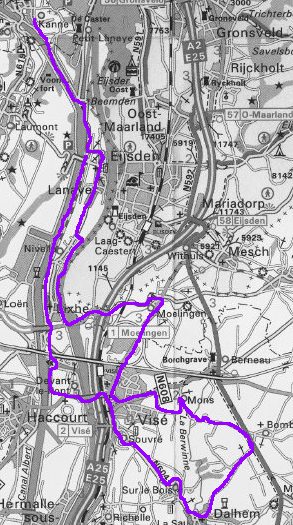[Another digest of an article in quotes — here with many good quotes in the quotes…]
“Since the multitude of books, the shortness of time and the slipperiness of memory do not allow all things which are written to be equally retained in the mind, I decided to reduce in one volume in a compendium and in summary order some flowers selected according to my talents from all the authors I was able to read.” [Vincent of Beauvais in the preface to his four-volume Speculum maius (1255)] p. 11
“The premise of this study is that the experience of overabundance not only fostered the diffusion and development of various aids to learning or “reference genres” but also affected the way scholars worked, from reading and taking notes to composing books of their own.” p. 12
“By the eighteenth century we have a well-studied case in point with Samuel Johnson who, in addition to reporting that he “read like a Turk by tearing the heart out of a book,” when lying sleepless in bed, also used distinct terms to refer to at least four different ways of reading: “hard study” (which included taking notes), “perusal” (punctual consultation), “curious reading” (engrossed in a novel) and “mere reading” (browsing, as in journals).” p. 12
“[O]ne finds similar and quite explicit distinctions made by Francis Bacon in his Essay “Of Studies” (1612): ‘Some books are to be tasted, others to be swallowed and some few to be chewed and digested; that is, some books are to be read only in parts; others to be read, but not curiously; and some few to be read wholly, and with diligence and attention.'” p. 13/14
“Like that other Jesuit, Antonio Possevino, who recommended a select (and aggressively purged) rather than a universal library, Sacchini emphasized choosing and reading carefully a core of “good” books—by which he meant books that would further piety and the ancient classics which were to be read with great care. ‘I urge that when a young man finds himself with some free time, he conscientiously devote himself not to reading new books but rather to re-reading and going over attentively those books which he knows already from the guidance of his teacher…. It is much better in the beginning to learn a few things well, than to taste many things…. Therefore if you set out to read a book, order requires that you read it from beginning to end: in this way you will understand more easily and retain much better the whole subject of the book.'” p. 15
“One of the main functions of marginal annotations made in early modern books was to flag the topics treated in the text, to be able to find one’s way back to a particular passage. The most interesting topics might then be gathered by page number in the fly-leaf.” p. 17/18
[Hmm, compare tagging].
“[T]he Jesuit Jeremias Drexel explained: ‘Reading is useless, vain and silly when no writing is involved, unless you are reading [devotionally] Thomas a Kempis or some such. Although I would not want even that kind of reading to be devoid of all note-taking.'” p. 19
Then Blair goes on to give examples of the note-taking methods of scholars like Sacchini, Drexel, Placcius (with his ‘scrinium literatum’), Gesner, Cardano and others. Till she hits on the 20th century practice of copy&paste — using scissors, glue & index cards:
“Indeed one Renaissance scholar has told me that he was advised as a graduate student to purchase a cheap edition of his main source in order to cut out quotations and paste them onto index cards from which to compose his dissertation.” p. 28
Ann Blair, ‘Reading Strategies for Coping With Information Overload ca. 1550-1700’, in Journal of the History of Ideas 64.1 (2003) p. 11-28
Also: http://muse.jhu.edu/demo/journal_of_ the_history_of_ideas/v064/64.1blair.htm.


